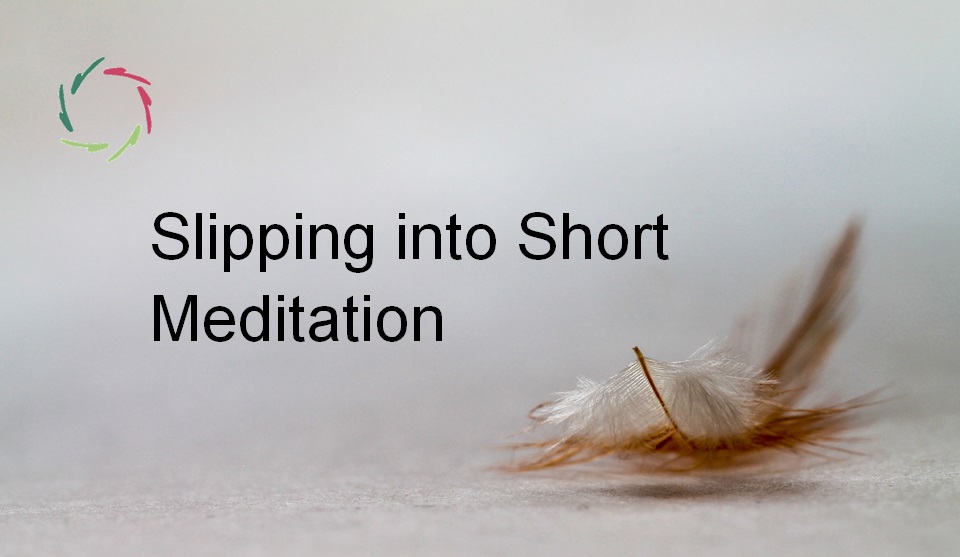From Common Factors to AURELIS

If only common factors work, then only common factors should we teach and reimburse. Does this point towards AURELIS? You bet.
The science
According to a ton of scientific studies, clearly and robustly, psychotherapeutic methods are ineffective. This may be hard to swallow, so I repeat. Lots of studies and even many meta-analyses show no specific effect of any psychotherapeutic method for any condition at all. This is the subject of the great psychotherapy debate currently being conducted, as BE Wampold points out in his book. [see: “Psychotherapy vs. Psychotherapies“]
Research also shows that a non-psychologist, after a few hours of introductory courses, is as effective in psychotherapy as a fully-trained psychotherapist with many years of practice.
What to do?
Compare with CAM. CAM methods at least generally do not work (do not contribute to…). That equates psychotherapy with CAM. Again, hard to swallow. Therefore: Within the broad healthcare domain, psychotherapy = CAM.
In many countries, as in Belgium, psychotherapy is reimbursed. Therefore, being consistent, we must strive for CAM reimbursement (no reimbursement in Belgium at present). There is just as much reason to do so as there is for psychotherapy. Et voilà.
Moreover, psychotherapeutic methods and techniques are being taught at all universities in Belgium and worldwide. So, consistency demands we do the same with CAM.
Is this the end of common sense?
Fortunately not. Hold on a bit. Even more consistent than reimbursing it all is reimbursing nothing. Scientifically, I think that is momentarily the only correct attitude. Of course, the previous was a provocation. We should stick to science, not reimburse non-science.
But this is very problematic because psychotherapy works, and many people rely on it. In my imagery: it is a crutch that you cannot just pull away. However, it remains a crutch. It is better to teach people to stand on their own two feet.
Common factors
What has been shown to be effective are the ‘common factors.’
Broadly speaking, these can be divided into placebo and empathy. Are those the ‘two feet to stand on’?
Placebo
Placebo is not desirable since it is linked to deceit, one way or another. It doesn’t accord with science, nor with ethics. In addition to this, there are many side effects. [see: “Placebo Is Not Good for You“]
Yet the ‘placebo effect’ is unmistakably real, even demonstrably in the brain. Therefore, my aim has always been the ‘placebo effect’ without a placebo agent. I published about this, for example in [see RG: “The Placebo Effect: How the Subconscious Fits in“] (PubMed referenced). Of course, the ‘placebo effect’ without a placebo agent deserves a different name so that it can be viewed in a broader sense, without placebo connotation. I call this broader entity ‘autosuggestion.’ [see: ” Power of Placebo < Autosuggestion“]
Empathy
I broaden the other common factor, empathy, towards Compassion. I consistently write it with a capital letter because it is so important and because it is ‘beyond’, as in my article [see RG: “Empathy Beyond the Conceptual Level: Core Nonspecific Factors of Psychotherapy“] (also PubMed referenced).
AURELIS
The good reader of my blogs has already recognized autosuggestion and empathy/Compassion as essential Aurelian tools: on the one hand, the 1000+ AurelisOnLine sessions on many domains; on the other hand, the Aurelian Coaching.
Sure, there is placebo involved in all this. It is impossible to take that out completely. Anyone who does anything in the health domain with an expectation that it works experiences a placebo-effect. Meanwhile, AurelisOnLine sessions are my endeavor to get ‘beyond placebo,’ to effectively reach autosuggestion as openly as possible.
Sure, Aurelian coaching might be viewed as just another kind of psychotherapeutic methodology, especially since there are also techniques involved. But it’s not. There is a real difference in direction: not towards the client but the coach. The only ‘instrument’ towards the client is the coach, preferably as a total person. This is also meant with empathy beyond the conceptual. Through Aurelian coaching techniques, an AURELIS coach is continually invited to be more present, more ’empathic,’ more, well, a good instrument. See [category: “AURELIS Coaching“] for some introductory thoughts.
I would say, the AURELIS coach can act more Compassionately through this if the coach chooses so. [see: “Essence of Compassion“] Freedom in this is a fundamental value to the coach. It cannot be any other way. [see: “The Goal: Freedom“]
The aim
The aim is mental change, of course. [see: “Mental Change: How it Works“] This should be attained in a combination of rationality and depth. [see: “AURELIS USP: ‘100% Rationality, 100% Depth’“]
As a matter of fact, with an ethical stance. [see: “Ethics is YOU“]


